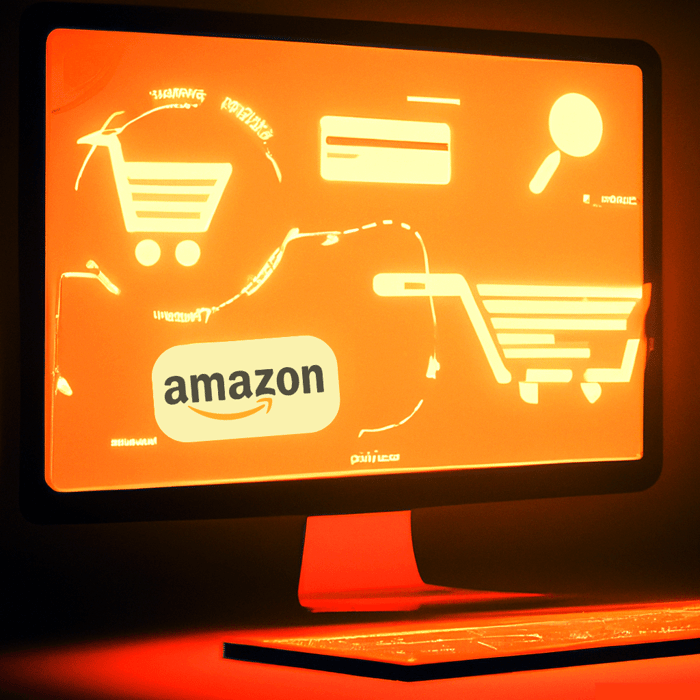The world of digital advertising has been dominated by Google across search and Facebook across social for the best part of two decades. Many alternatives have come and gone, with Microsoft advertising being a useful secondary option to many businesses, but like many others, it has never managed to make a serious dent into the longstanding duopoly within the sector. Enter Amazon.

Amazon is a household name, known for being one of the world’s largest online marketplaces alongside Amazon Music, Amazon Prime and, most recently, its Amazon stores - yet few people will be aware that it offers advertising services similar to Google. Established in 2012, Amazon Advertising (formerly Amazon Marketing Services) was created to allow Amazon to tap into the full potential of their business but later expanded further in 2013 as they realised the avenues they could explore with their data collection capabilities and retail connections. With Amazon Advertising reaching a global revenue of £19 billion and moving ahead of Microsoft as the 3rd largest advertising platform, do they have the power to make a serious dent within the status quo?
What does Amazon Ads Offer?
- Sponsored products
- These self-service cost per click ads are used for individual products listings which will appear in shopping results and on the product detail pages

- Display ads
- Deliver messages on Amazon sites, apps, devices and third-party sites
- Video ads
- Engaging your audience on and off Amazon
- Stores
- Multi-page websites on Amazon for your brand
Why is Amazon Succeeding?
With Amazon Ads seeing an 87% growth year on year, what sets it apart from other platforms? Amazon believe that they can cover the requirements of their customer base with the three R's (Relationships, Relevance and & Results).
- Relationship
- Creating strong & trustworthy relationships with vendors and customers has made amazon a safe place to sell and shop.
- Relevance
- Amazon offer a variety of creative formats that allow sellers to reach the most interested shoppers with messaging that is directly tailored to their buying journey.
- Results
- Amazon provide insights that allow advertisers to understand the impact of their campaigns in order to empower businesses and optimise marketing strategies.
Amazon has also been successful in finding niches in the market which serves them as a viable alternative to Google and Facebook. The platform allows businesses to track the buyer journey from the first click to any eventual sale. This allows these advertisers to gain an in depth look at what makes their customers tick and provides opportunities on optimisation around the most likely journey and behaviour of a customer. Amazon also possesses a far higher buyer intent than other platforms which is a massive plus point for any potential business considering selling on the platform.
As Amazon Ads continues to grow and provide new opportunities for its advertisers, every e-commerce business should consider it as a 2022 option to expand their marketing strategies.
What does the future hold for Amazon Ads?
The jury is still out on whether Amazon can provide a serious long term threat to the duopoly, but Amazon Ads has the backing and presence to do it with a long term strategy that focuses on the needs of customers and advertisers. Amazon Ads looks to have had the initial impact the company desired, but its long term success appears to hinge on how effective the platform can be for its userbase. Nearly 40% of users felt that Amazon Ads offered greater ROAS then Google and Facebook, with a further 35% believing that the platform also offered greater campaign management.
Amazon as a business has successfully diversified into other markets, so why should PPC be any different? It may be that early adopters see the greatest benefit from Amazon Ads before it becomes over saturated.

In Conclusion…
It is more than likely that Amazon will always be known as an e-commerce giant, rather than for any of its diversification but it is clearly trying to transition into a media conglomerate. With its growing channels and opportunities for advertisers, we may see vendors flock to get their piece of the pie and their ads in front of customer base that is growing day by day.
It may be that, in the second half of the 2020s we ask the question ‘How did Amazon Ads become as big as Google and Facebook’ rather than ‘can it’. What do you think?





